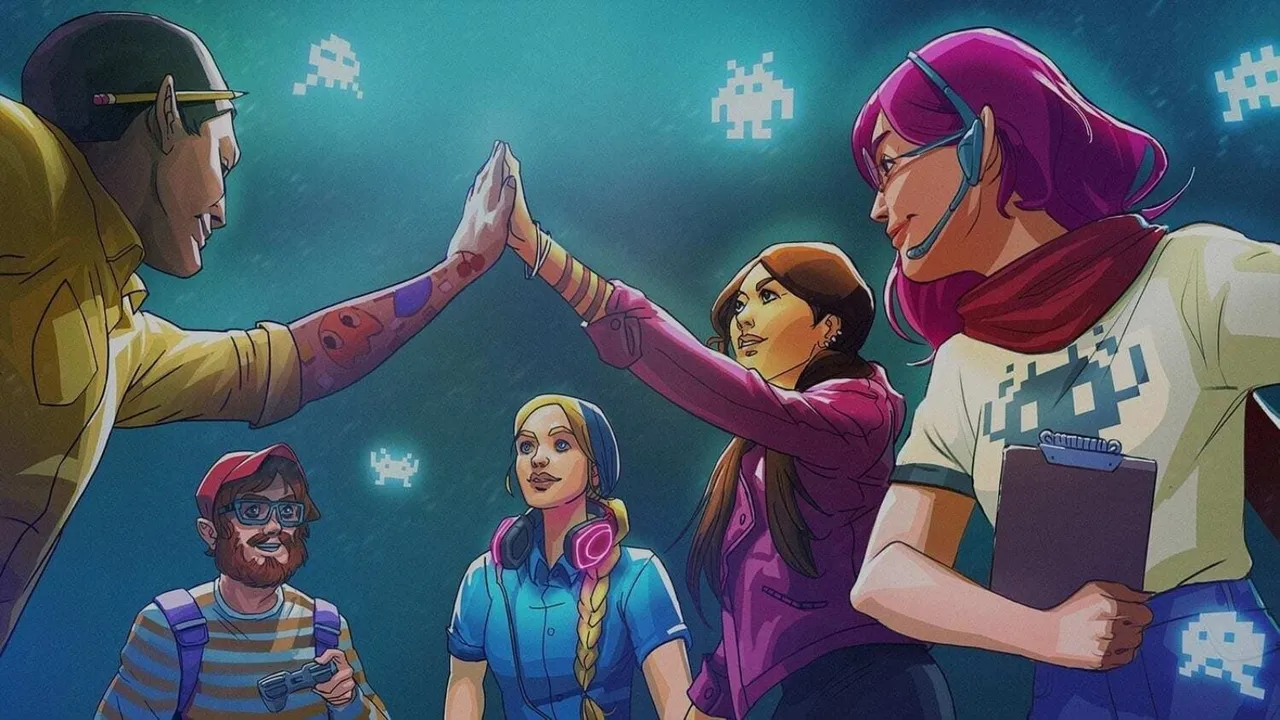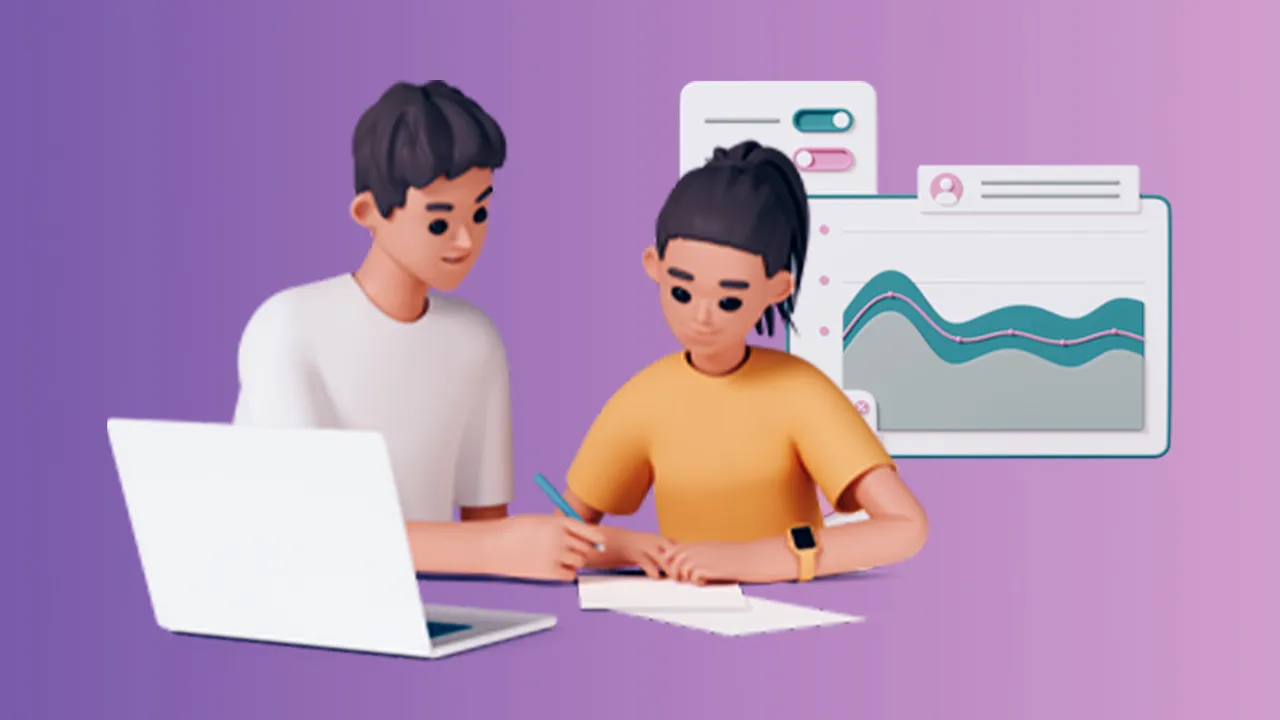Motion Design Jobs in the Video Game Industry: The Ultimate Quick Guide
Introduction
The video game industry is a dynamic and rapidly growing sector that offers numerous career opportunities for creative professionals. One such career is motion design, where designers bring life and energy to game visuals through animation and other dynamic elements. In this article, we will examine the responsibilities of motion designers in the gaming industry, the skills and qualifications required, and how to build a successful career in this specialized area.
The Role of Motion Design in Video Games
Motion design is the art of creating animated visuals and dynamic effects that enhance the game's overall aesthetic and user experience. From animated game logos and user interface elements to in-game cinematics and promotional materials, motion designers play a crucial role in bringing a game's visual components to life.
Key Responsibilities of a Motion Designer
Concept Development: Motion designers work closely with the game design team to conceptualize and develop animated visuals that align with the game's overall artistic direction and enhance the player's experience.
Storyboarding and Layout: Designers create storyboards and layouts to plan out the animation sequences and ensure that the animated visuals seamlessly integrate with the game's environment, characters, and narrative.
Animation and Visual Effects: Motion designers are responsible for creating the actual animation and visual effects, using a variety of software and techniques to achieve the desired look and feel.
Collaboration: Designers work with other members of the development team, including game designers, artists, and programmers, to ensure that the animated visuals are consistent with the game's overall design and contribute to a cohesive gaming experience.
Quality Assurance: Motion designers are also responsible for testing and refining their work, ensuring that the final animations and visual effects meet the desired quality standards and function as intended within the game.
Essential Skills for Motion Design Careers
Artistic Skills: A strong foundation in traditional art and design principles is essential for motion designers, as they must have a keen eye for color, composition, and timing.
Technical Proficiency: Designers must be proficient in various animation and visual effects software, such as Adobe After Effects, Cinema 4D, and Autodesk Maya, as well as game development tools like Unity and Unreal Engine.
Communication and Collaboration: Effective communication is crucial for motion designers, as they must be able to convey their ideas and collaborate with other members of the development team.
Adaptability: The video game industry is constantly evolving, and motion designers must be willing to adapt and learn new techniques and software to stay relevant and competitive in the field.
Attention to Detail: Motion designers must have a meticulous attention to detail, as even small imperfections in the animation can detract from the overall gaming experience.
Education and Experience
While there are no specific degree requirements for motion design positions, having a bachelor's degree in graphic design, animation, or a related field can be beneficial. Additionally, a strong portfolio showcasing a range of animation and visual effects work is essential for demonstrating your skills and expertise in the field.
Strategies for Pursuing a Career in Motion Design
Build a Strong Portfolio: Create a diverse portfolio that showcases your animation and visual effects skills, including personal projects, school assignments, and any professional work you may have completed. This will demonstrate your creative abilities and technical proficiency to potential employers.
Network: Connect with industry professionals by attending events, joining online forums, and participating in social media groups. Networking can help you stay informed about job opportunities, industry trends, and establish valuable connections with others in the field.
Gain Experience: Uncover internships or part-time jobs on Hitmarker, take on freelance work, or collaborate on indie game projects to gain hands-on experience in motion design. This will not only improve your skills but also help you build a network and a strong resume.
Stay Informed: Keep up with industry news, trends, and developments by reading articles, attending webinars, and participating in online discussions. Continuously improve your skills and broaden your knowledge by enrolling in courses, workshops, or attending industry events.
Be Persistent: Breaking into the video game industry can be challenging, but persistence is key. Keep refining your skills, learning from feedback, and enhancing your portfolio to increase your chances of success.
Conclusion
Motion design jobs in the video game industry offer numerous opportunities for individuals with a strong artistic sensibility and a passion for creating dynamic and engaging visuals. By building a robust portfolio, networking, gaining relevant experience, and staying informed about industry trends, aspiring motion designers can forge a successful and fulfilling career in this creative and exciting field.
-
 Landing a Summer Internship in the Video Game Industry: The Ultimate Quick Guide
Landing a Summer Internship in the Video Game Industry: The Ultimate Quick Guide -
 Entry-level Jobs in the Video Game Industry: The Ultimate Guide
Entry-level Jobs in the Video Game Industry: The Ultimate Guide -
 Junior-level Jobs in the Video Game Industry: The Ultimate Guide
Junior-level Jobs in the Video Game Industry: The Ultimate Guide -
 Intermediate-level Jobs in the Video Game Industry: The Ultimate Guide
Intermediate-level Jobs in the Video Game Industry: The Ultimate Guide -
 Senior-level Jobs in the Video Game Industry: The Ultimate Guide
Senior-level Jobs in the Video Game Industry: The Ultimate Guide -
 Getting into gaming: Strategies for landing your first game development job with Katherine Mould of Keywords Studios
Getting into gaming: Strategies for landing your first game development job with Katherine Mould of Keywords Studios -
 Art and Animation Jobs in the Video Game Industry: An Overview
Art and Animation Jobs in the Video Game Industry: An Overview -
 Business Operations Jobs in the Video Game Industry: An Overview
Business Operations Jobs in the Video Game Industry: An Overview -
 Communications and Marketing Jobs in the Video Game Industry: An Overview
Communications and Marketing Jobs in the Video Game Industry: An Overview -
 Content Creation Jobs in the Video Game Industry: An Overview
Content Creation Jobs in the Video Game Industry: An Overview -
 Game Design Jobs in the Video Game Industry: An Overview
Game Design Jobs in the Video Game Industry: An Overview -
 Game Development Jobs in the Video Game Industry: An Overview
Game Development Jobs in the Video Game Industry: An Overview